
| The Three Popes (Stooges) Crisis |
In 1059, Pope Nicholas II (1059-1061) decreed that a council of high church officials and advisors known as the College of Cardinals (Curia) would choose new Popes. This practice has continued to this day.
In 1309 the papacy moved to Avignon, France. The French began to have a substantial influence in the College of Cardinals. In 1377, Pope Gregory XI (r. 1370-1378) moved the papacy from Avignon, France (where it had been located for 68 years) back to Rome. In 1378, Pope Gregory XI died. The College of Cardinals in Rome elected an Italian archbishop as Pope. This was Pope Urban VI (r. 1378-1389). Immediately upon being elected, Pope Urban VI announced that he was going to reform the College of Cardinals. Most of them were French and they were very unhappy with this plan. Thirteen of these Cardinals formed their own conclave and elected a second Pope. This was Pope Clement VII who was a false Pope and was the cousin of the French king. There were now supposedly "two Popes," but in reality Pope Urban VI was still the real Pope and Pope Clement VII was an imposter. This is called the "Great Schism." The problem with the College of Cardinal's action was that there was already a Pope, so they had no authority to elect a new Pope. They could only elect another Pope when the current Pope resigned, was deposed, or died. Some European countries supported one Pope, and some supported the other. Both Popes claimed to be the true Pope. The Conciliar Movement began. Supporters of this movement declared that a representative council had higher authority than the Pope. To resolve the problem of having two Popes, cardinals from both Popes who supported the Conciliar Movement formed a council on their own authority in 1409. They deposed both Popes and elected a new Pope, Alexander V. But neither of the other Popes recognized their actions, so there was now three Popes. But in reality there was still only one real Pope and two false Popes. The conflict was finally resolved in 1414 when the true Pope and the two false Popes agreed to step down. A council was formed which was recognized by the true Pope, Gregory XII. This council elected a new Pope, Martin V (r. 1417-1431).
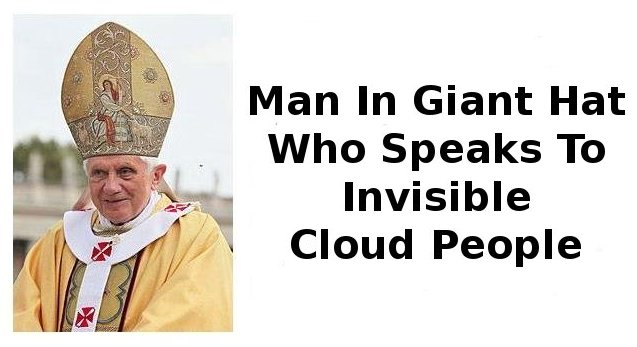
The problem with the Conciliar Movement was that the supporters believed that a council had higher authority than the Pope and that the Pope must obey the decisions of a council. The Conciliar Movement ended in 1449 with the collapse of the Council of Basel. In 1460, Pope Pius II (r. 1458-1464) issued a papal bull which condemned appeals to councils. The proper relationship between councils and the Pope is that they must work in harmony. The final authority rests with the Pope and he can override the decisions of a council. The best decisions are those made in which the Pope and the council are in complete harmony.
What does the pope have against gay people? Who does he think makes his
dresses?
The definition of irony is the Pope comdemming the Church of Scientology for being nothing more than an attempt to extract money from the dim witted.
The Pope:
|
|---|
Emissary of God
Papal infalibility.
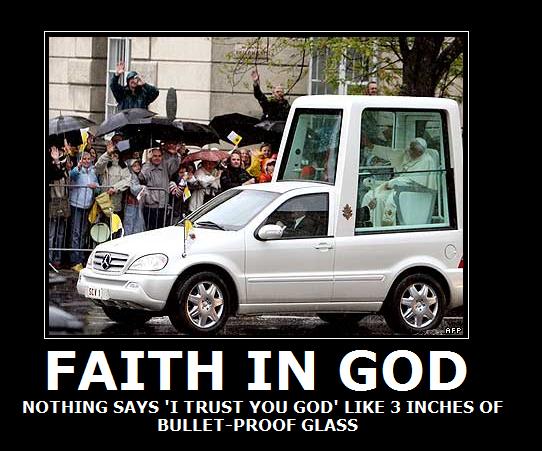
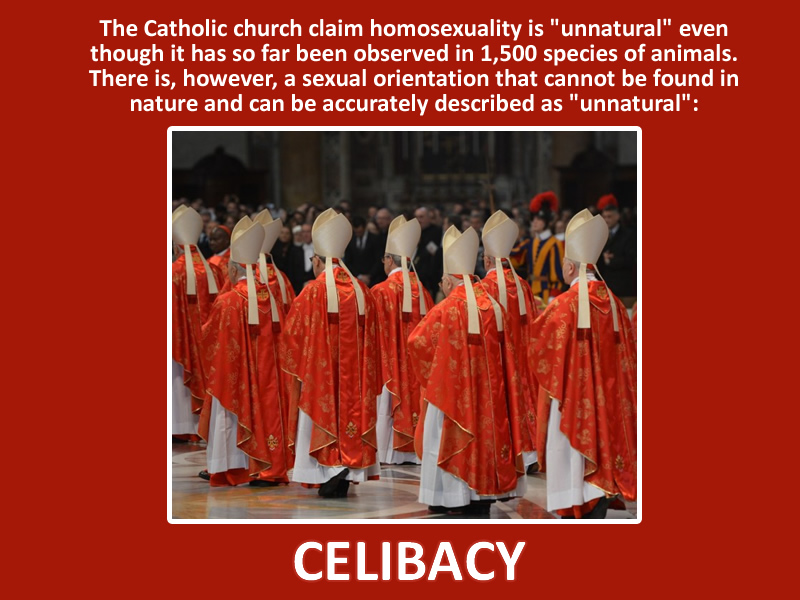
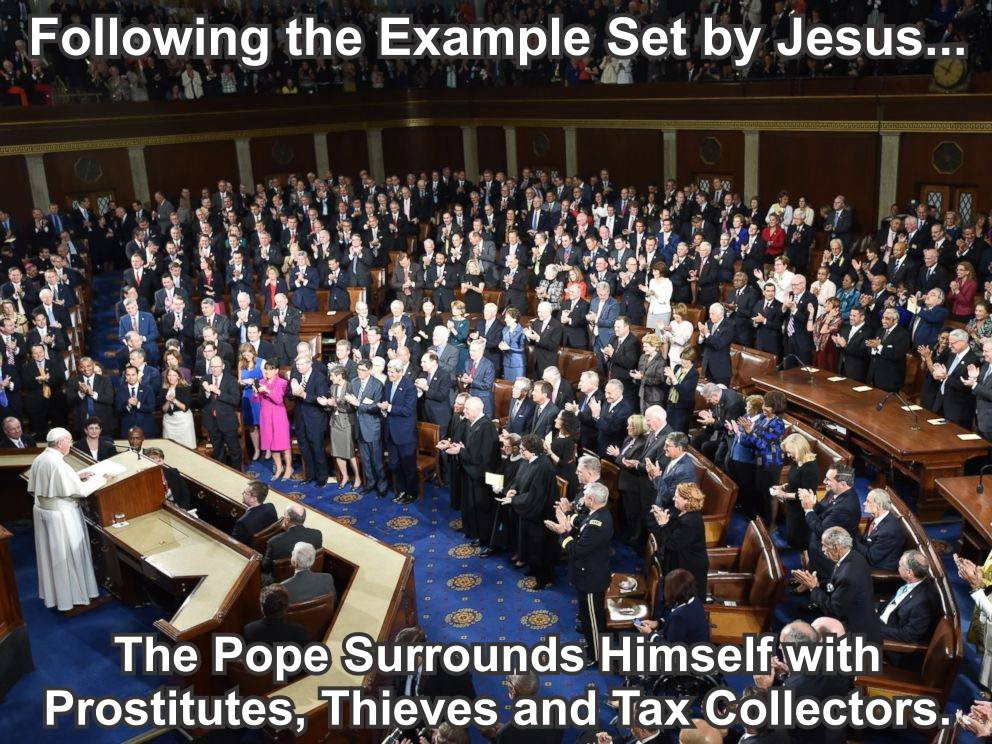
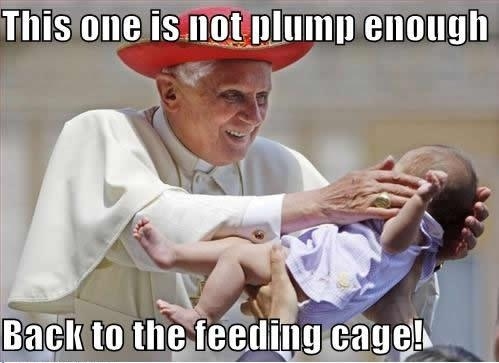
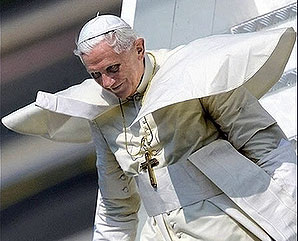
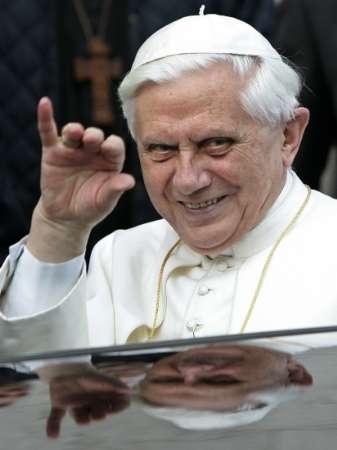
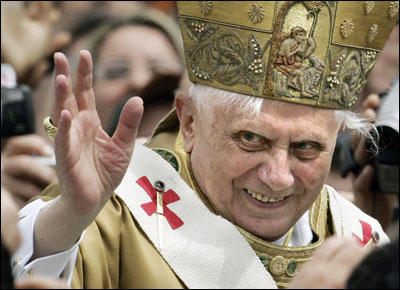
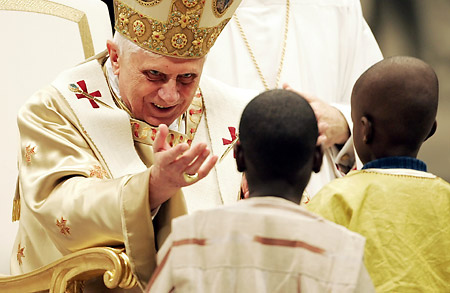
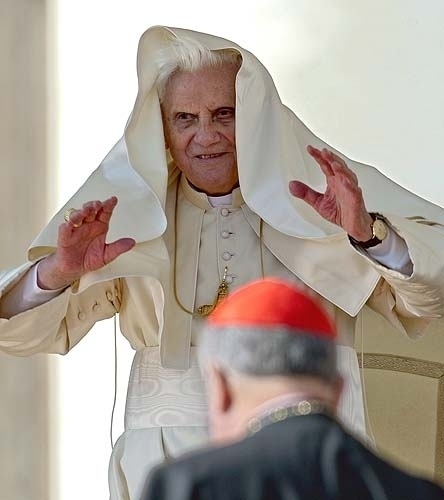
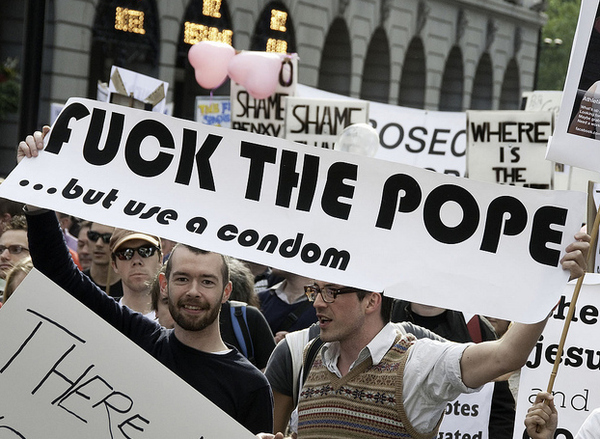

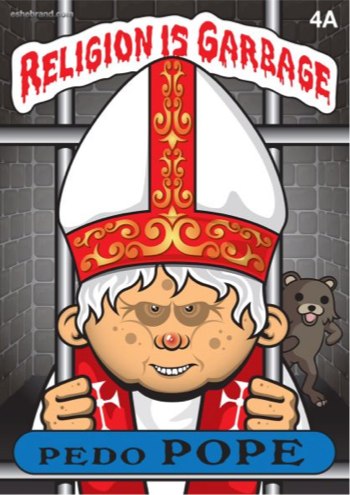
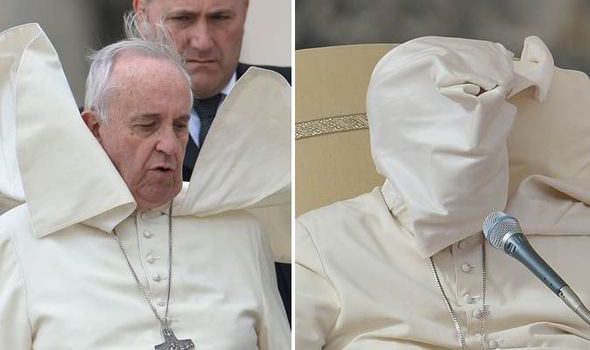
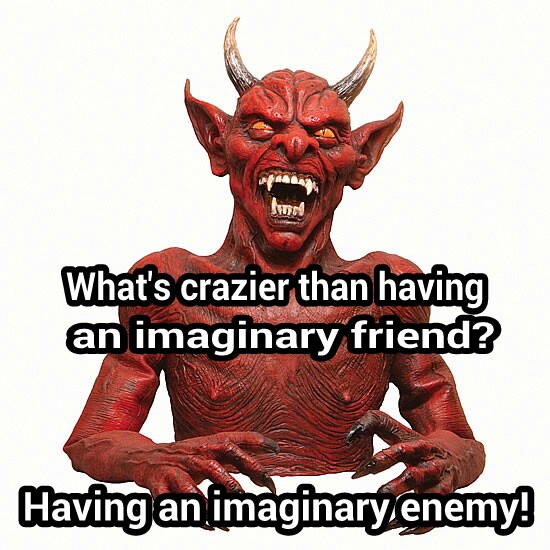
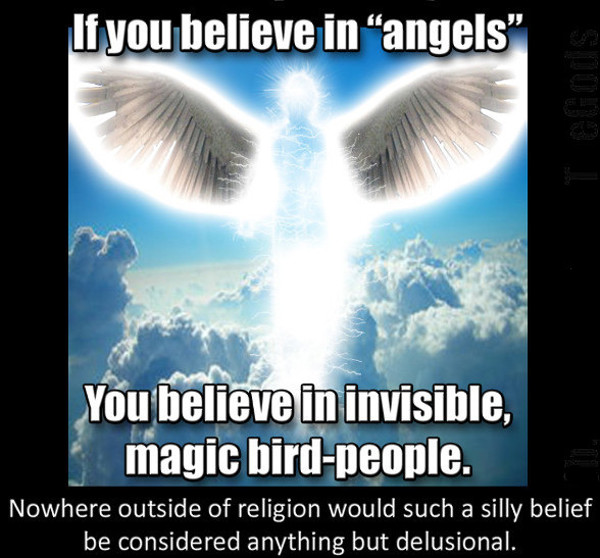
Send comments to:
 hjw2001@gmail.com
hjw2001@gmail.com
|




